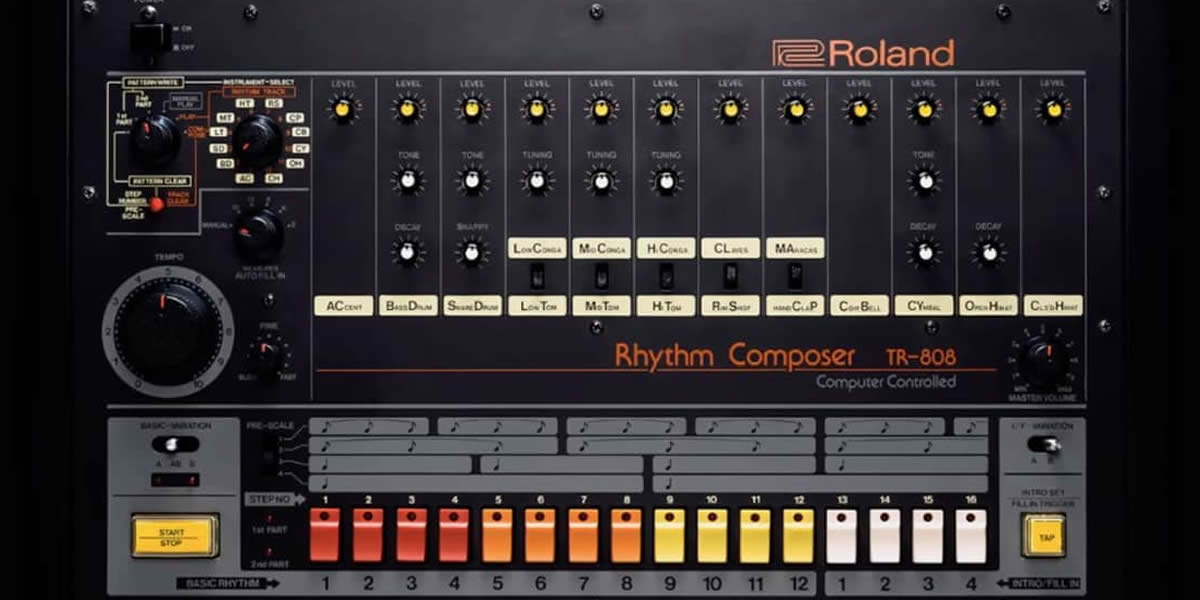In 1989, Nintendo released its first handheld game console, the Nintendo Game Boy and it immediately changed the video gaming industry forever.
The Nintendo Entertainment System monopolized the 80s game console industry, until 1988 when the Sega Genesis was introduced to the world. And while Sega was garnering all of the attention at the time, Nintendo was secretly working on a handheld game console that would change the gaming industry forever. Its compact design and simple controls made it an instant success. It quickly became the defining gadget of the late 80s and early 1990s. But, the Game Boy was more than just a handheld game console. It was a new form of home entertainment.
The Birth of the Game Boy
The late 80s was a time of rapid technological advancement, specifically in the field of home entertainment. While the industry itself was still recovering from the 1983 video game crash, the popularity and success of the Nintendo Entertainment System helped to revive the demand for home game systems.
Personal electronic devices such as the Walkman were quickly growing in popularity and signaled a crucial shift in home entertainment. More and more people wanted mobile entertainment instead. And during a decade that was completely obsessed with new and emerging technology, consumers wanted gadgets that allowed them to take their entertainment with them wherever they went. Regardless of whether it was music, movies, or video games, people wanted their entertainment to go. And, Nintendo’s response was the Game Boy.
How Game Boy Redefined the Handheld Game Console
Prior to the release of the Nintendo Game Boy, the handheld game console was limited to a single game. But, Game Boy changed all of that by making it possible to interchange games at will.
Redefining the Handheld Game Console
When it was released back in 1989, the Game Boy redefined what a handheld game console could be. Units were limited by their battery life and were often bulky in design. The vast majority of portable games were game-specific devices, which did not allow you to simply change games. But the Game Boy changed all of this because you could play for up to 15 hours on 4 AA batteries, and swap out games whenever you wanted to. Simply put, the Game Boy was perfect for long car rides, flights across the country, and even casual moments at home.
Following the design of the Nintendo Entertainment System, the Game Boy featured a very simple controller interface that had an a and B button, a directional pad, and a standard start/select interface. In other words, just like the Nintendo, the Game Boy was easy to pick up and immediately start playing. These small 2.6-inch monochrome screens may seem simple by today’s standards, but at the time it was groundbreaking. And, it offered a very smooth gaming experience in a package that could be slid into the back pocket of your jeans.
The International Success of Tetris
While there are a number of games that helped to spur the success of the Game Boy, no discussion about the handheld game counsel would be complete without mentioning Tetris. The Game Boy was bundled with Tetris, and the two became synonymous with one another. Nintendo was able to capture the imagination of millions of players around the world with a very addictive yet simple puzzle game. And, Tetris appealed to players of all ages and skill levels which made the Game Boy a household staple.
Without question, Tetris help to propel the Game Boy to its international success. Players around the world were thrilled by the simplicity of the gameplay, and the two were the perfect complement to one another. The bundled package demonstrated just how well a simple game could drive the popularity of a video game console.

Interchangeable Game Cartridges
Of course, the biggest innovation of the Nintendo Game Boy was the use of interchangeable gain cartridges. This allowed players to simply switch between games without needing more than one game console. This flexibility was a huge advantage over other devices that were available at the time. After all, until the release of the Game Boy, all other handheld devices had a single game built into them. But, the cartridge system allowed gamers to simply build their own library of games.
Most people also purchased the bag, which was specifically designed to safekeep the Game Boy and a wide selection of game cartridges. In no time people had libraries filled with classics like Super Mario Land, the Legend of Zelda, and many more. The ability for the Game Boy to adapt to any individual need or taste helped to broaden its appeal to the masses.

The Development of the Handheld Game Console
The most legendary figure at Nintendo who was responsible for the development of the Game Boy was none other than Gunpei Yokoi. He was a legend in Nintendo and was also responsible for developing the popular Game & Watch series. When designing the Game Boy, he wanted to create something that was simple, durable and provided a long battery life rather than flashy graphics. Simply put, he wanted to make a handheld game console that was accessible and affordable.
His focus on practicality is what gave the Game Boy its leverage over any other system available on the market at the time. And while Sega eventually released the Game Gear to compete directly with the Game Boy, the handheld game console continued to be a popular choice for gamers around the world. So popular in fact, that the influence can still be seen in current handheld game systems like the Nintendo Switch and Nintendo DS.
The Game Boy Legacy
The Nintendo Game Boy had a huge impact on the gaming industry, and by extension, the broader pop culture of the 80s. It helped to bring videogames into the mainstream, by making gaming more universally acceptable. It wasn’t just something that was for a specific age or gender, but rather it could be enjoyed by people of all ages or genders. In no time, you could define kids playing with their Game Boy on the playground, or stuffed into their backpacks at school. Even adults would bring a Game Boy with them to help make their daily commute a more enjoyable experience.
In the end, more than 118 million units were sold around the world. This resulted in the Game Boy becoming one of the best-selling game consoles of all time. Its success helped to pave the way for future handheld game devices including the Game Boy Advance, Game Boy Color, and Nintendo DS. Many modern gaming trends in the handheld game console industry can be traced to the legacy of the Game Boy.

Conclusion
Ultimately, the Nintendo Game Boy was more than just a simple handheld game console, it was a revolutionary portable entertainment product that defined a generation of gamers. It was easy to use, innovative, and allowed people to take their favorite games with them wherever they went in the world. The games were addictive, yet simple and easy to play which only helped to spur the popularity of the device.





